Did you read that article in The New Yorker about how the big Portland earthquake will destroy our beloved Pacific Northwest paradise? Yeah, we did too. Sooo, some of us (ahem, our employee engagement manager Katie) started packing our go bags and chatting about it around the office.
What if we weren’t at home when the big one hit? That would render the go-bag useless. What if we were at work? What’s the one object we would grab before running out of the building? The stapler? Thus last week’s Visual Thinking School (VTS), “Apocalypse How” was born.
Imagine the earthquake has hit. All power is out. All bridges are down (except for Tilikum and the new Sellwood Bridge). All hospitals are down (except for OHSU).
This is where our VTS began. We hosted 30 people at our Portland office to try to navigate through The Big One. Each participant was randomly assigned a starting location—ranging from the local bar, to the local pet shop, to the dentist office—without contact with anyone else in their lives except for the people sitting at their VTS table. This was now their survival team and their partners for an imaginary three-day trek through apocalyptic Portland.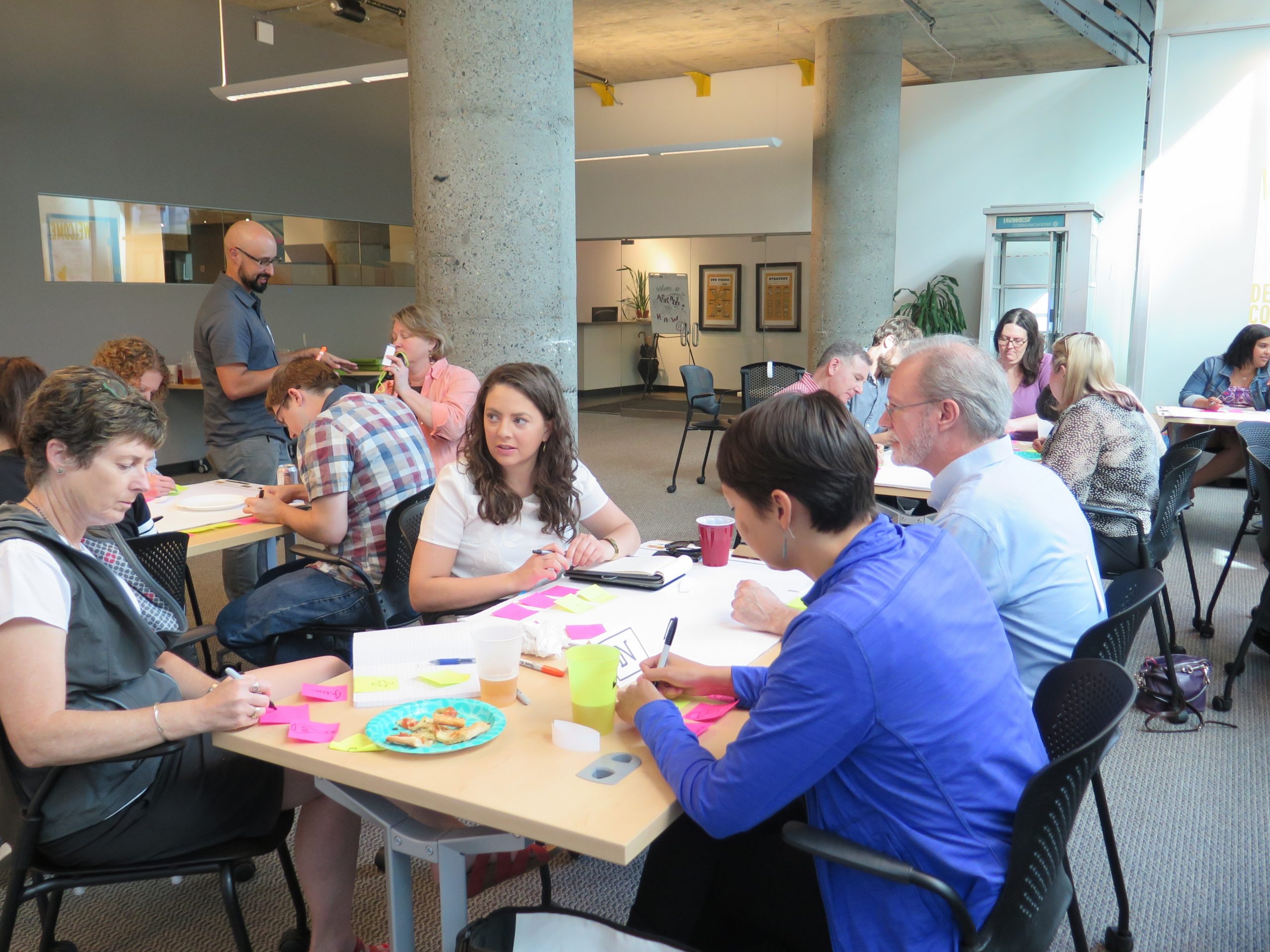
As an icebreaker, we asked attendees to answer the very same question we had asked ourselves: What object(s) from your location would you bring with you to survive the apocalypse? If you were at the pub, would you grab a knife or a bottle of whiskey? Also, what inherent skills do you as an individual bring to the table? Lucky for us, our XPLANE survival team was crammed with useful skills, from senior designer Ryan’s knack for orienteering without a compass to the director of program management Chris’s ability to build anything out of duct tape.
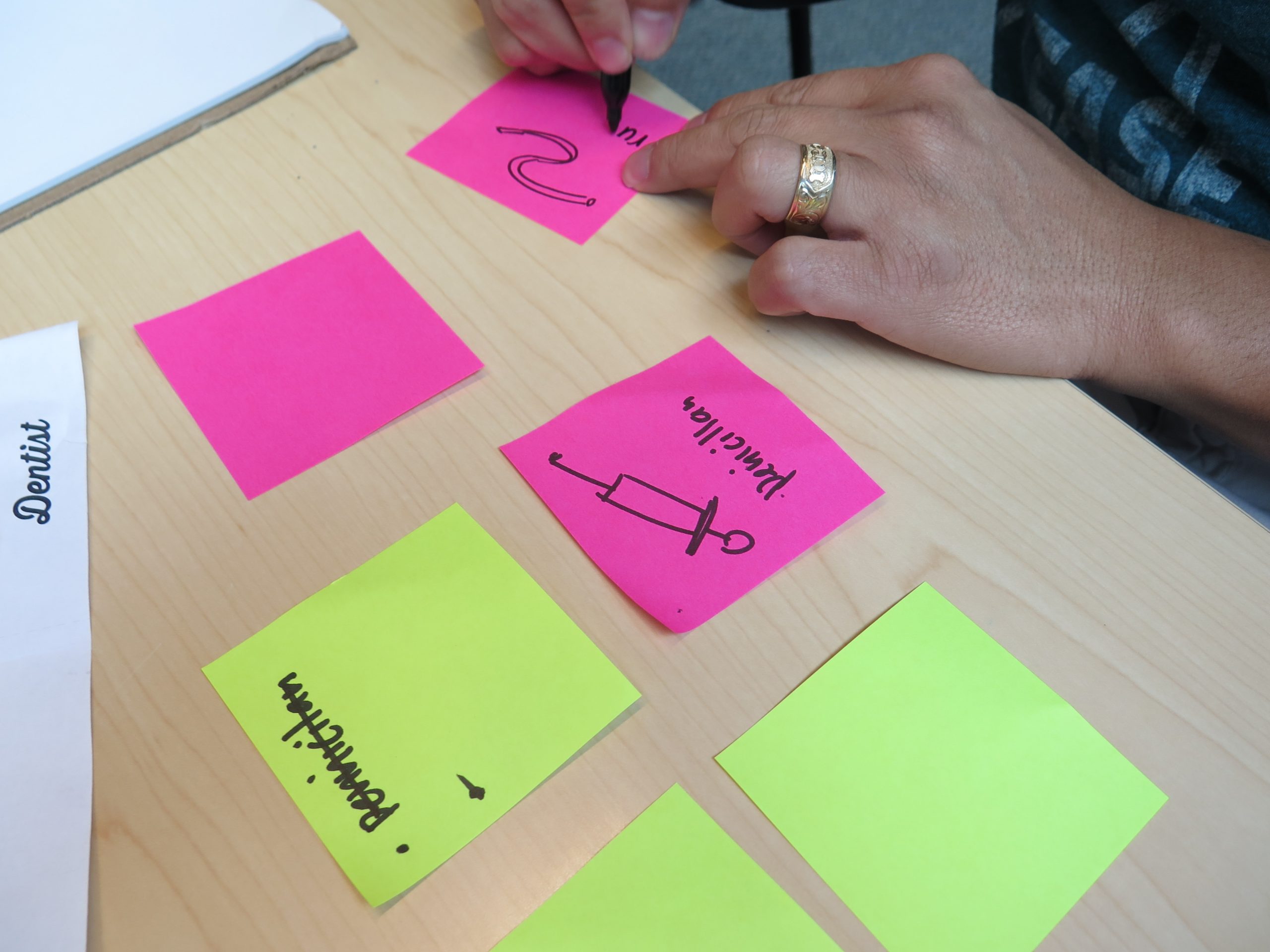
Given that this was a Visual Thinking School event, the focus of our time was exploring how visualizing survival plans would help teams navigate in the face of crisis. We asked the teams to draw out how they would survive as a group for three days with only their collective objects and skills at their disposal. But, like all good catastrophe stories, each day heralded a new unforeseen challenge or variable.
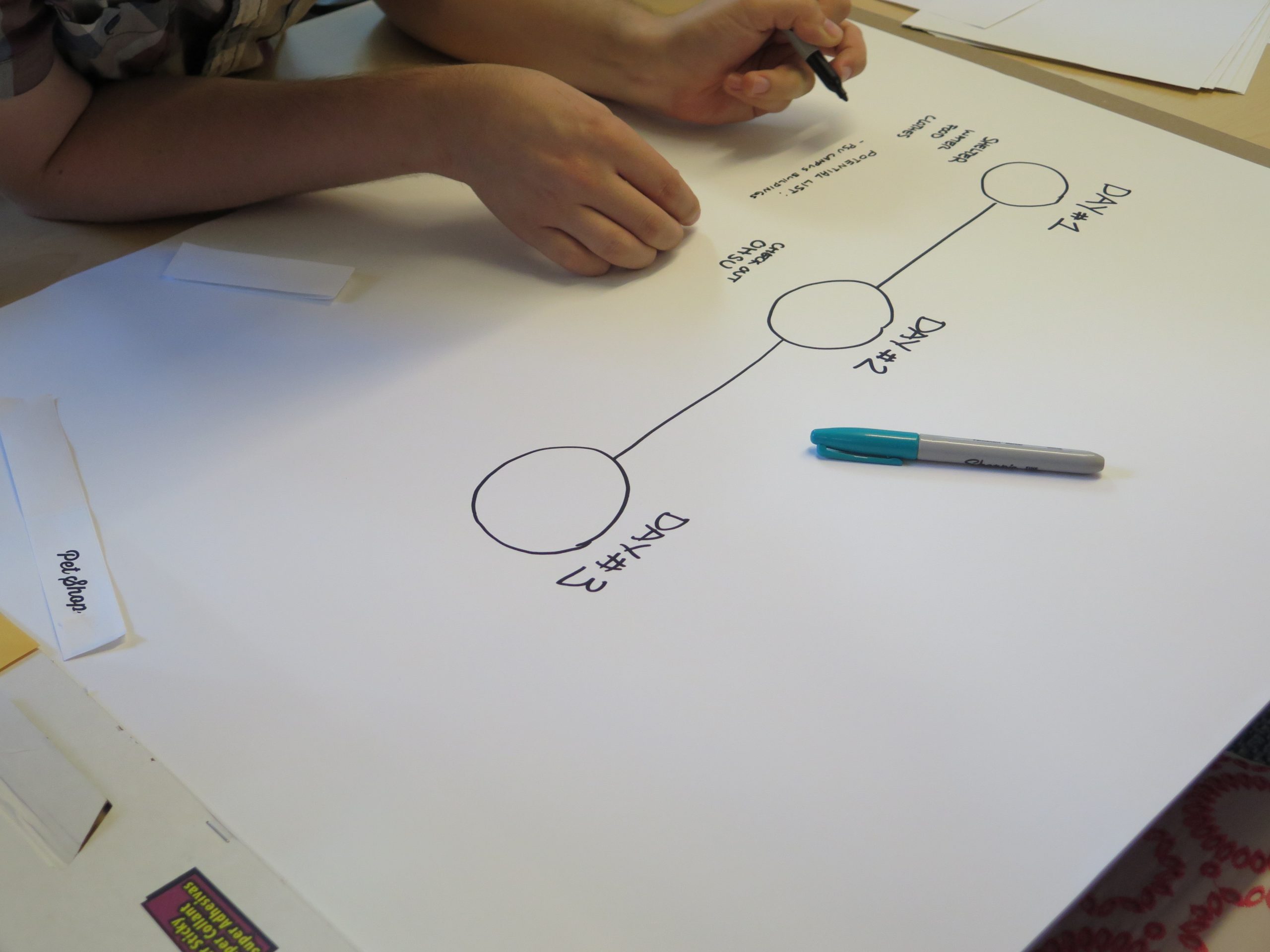
The first day, there was an aftershock, and teams were given a crisis card that interrupted their voyage to safety. The teams beginning in southwest Portland experienced a flood. The teams traveling through northeast Portland ran into a huge fire. How did these changes in the environment affect their initial plan? Each team drew out their plan again to address the new reality.
The second day brought resource constraints. Were they running out of food? Did they find a working radio? Teams were handed new cards and asked to re-draw their plans accordingly.
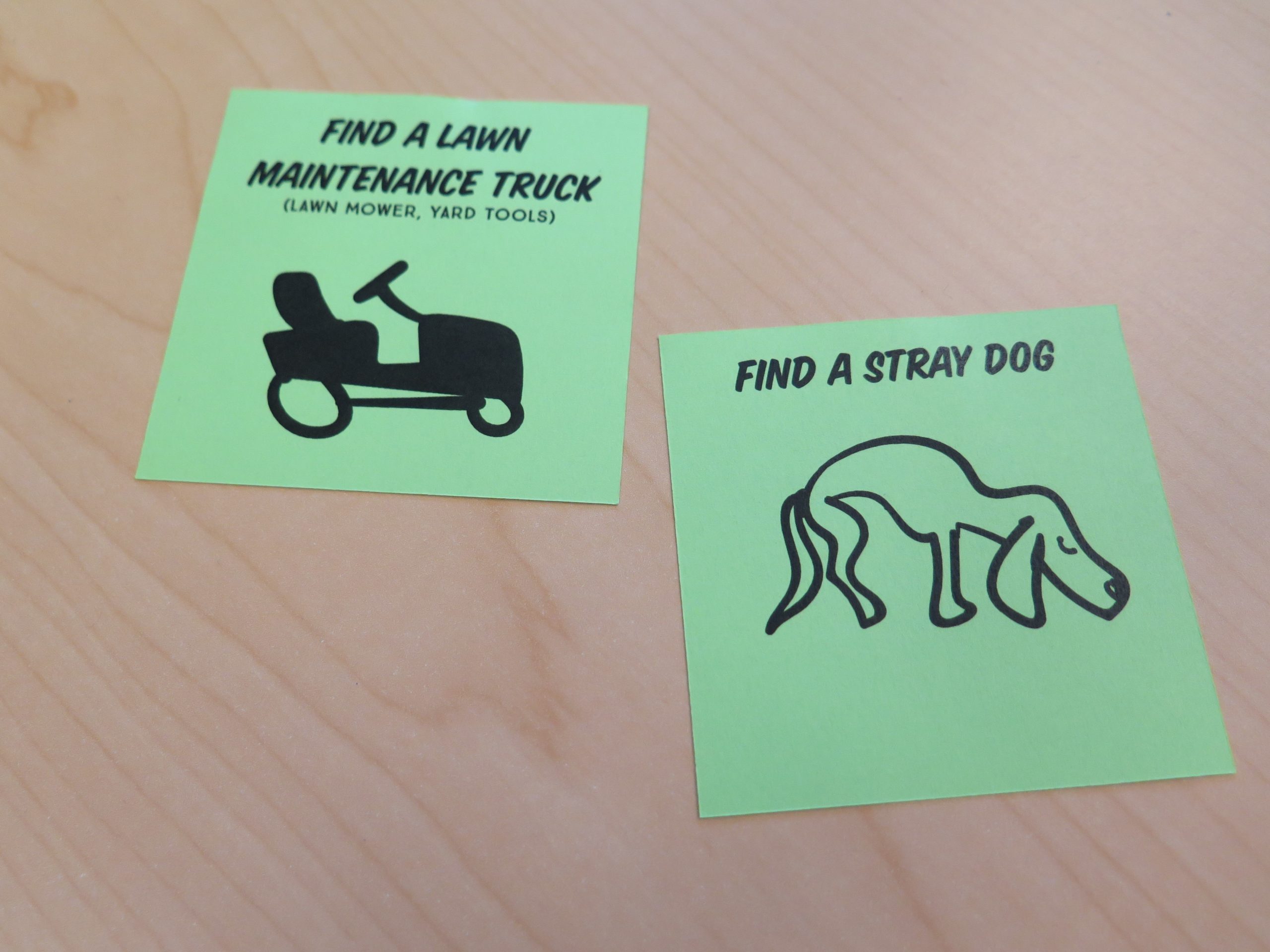
By the third day, there were individual impacts. Perhaps someone on the team ran out of meds or someone got injured. How would the team decide what action to take? Would they stay put or try to get their teammate to the hospital? Obstacle cards were handed out, and teams debated, decided, and drew out their course once again.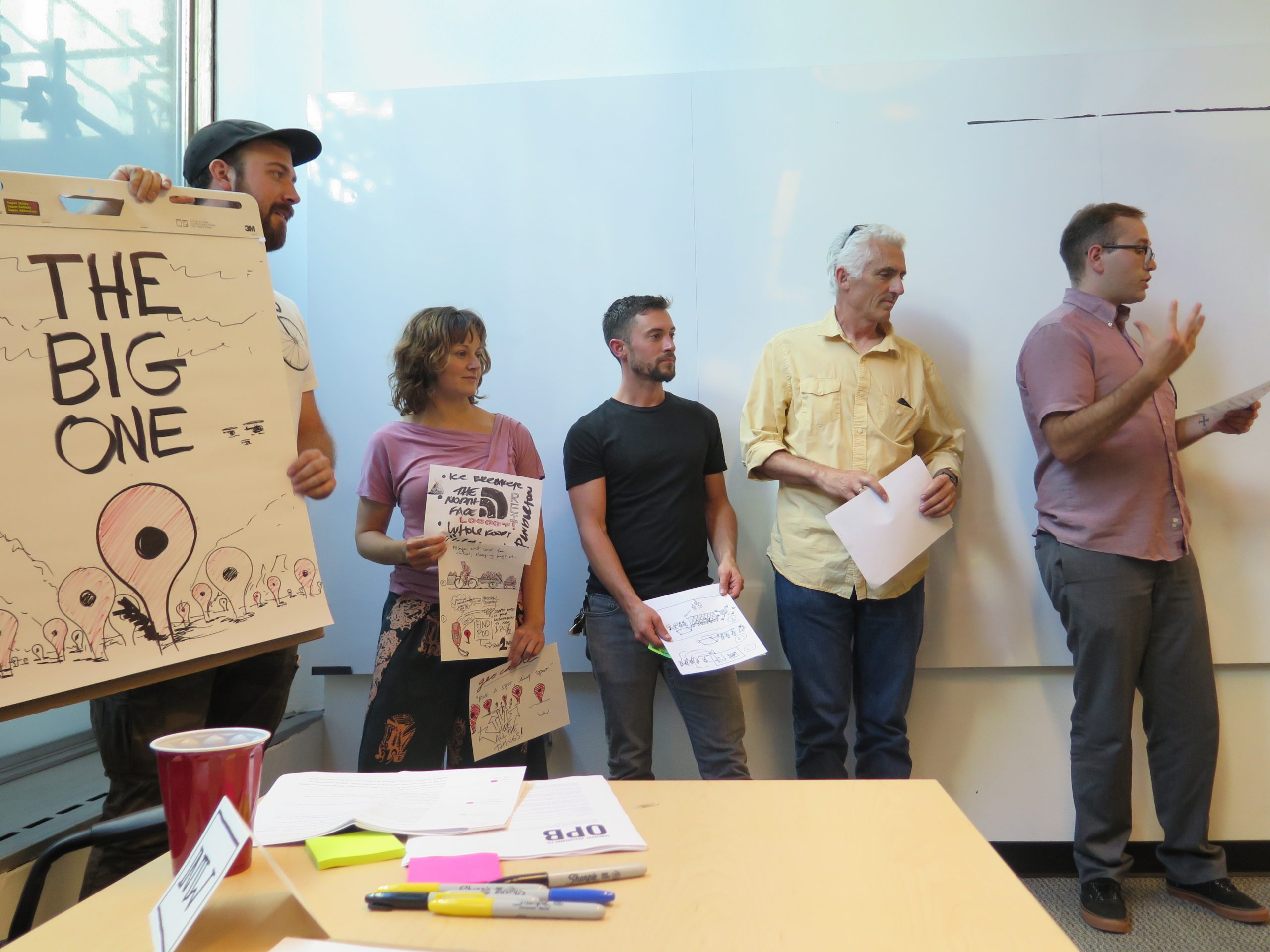
At that point, we asked the teams to reflect on what they had learned and to present their visual scenario plans to the larger group. They answered various questions: How did you find food and water? Which obstacle was the hardest, environmental, resource, or individual? How did you make decisions? Did you have a leader? How was that decided?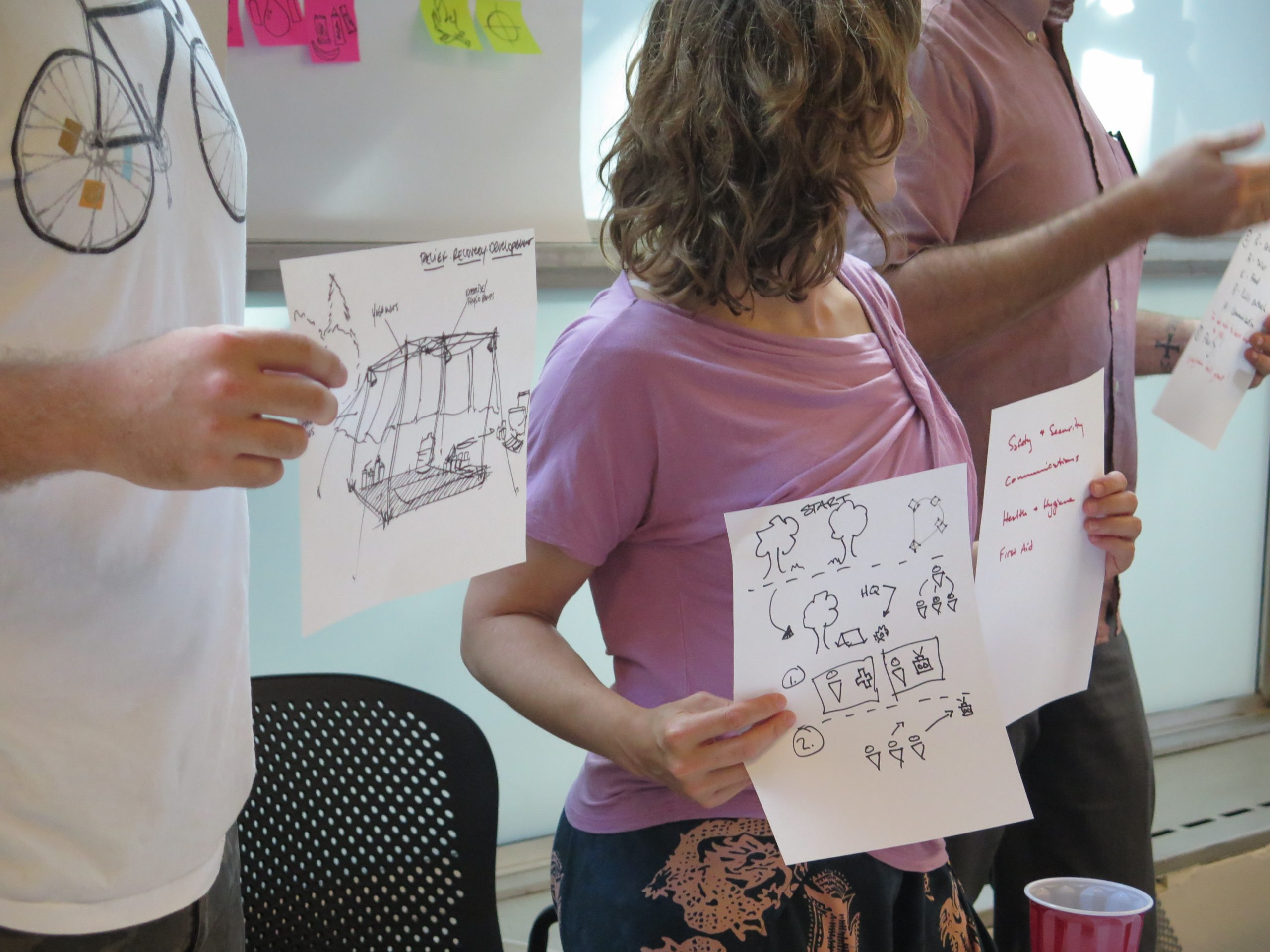
Much like a random team thrown together in the face of a crisis, many of XPLANE’s clients are facing enormous industry upheaval, constant resource constraints, downsizing, outsourcing, offshoring, and tremendous individual impacts. We use visualization and visual scenario planning to bring clarity and alignment to this chaos and enable faster decision-making.
Have you used visual scenario planning? Any other tools that we missed to navigate the unexpected turns at the end-of-the-world? Give us a shout!
For more information on emergency planning in the Portland area, please visit: OPB Aftershock
